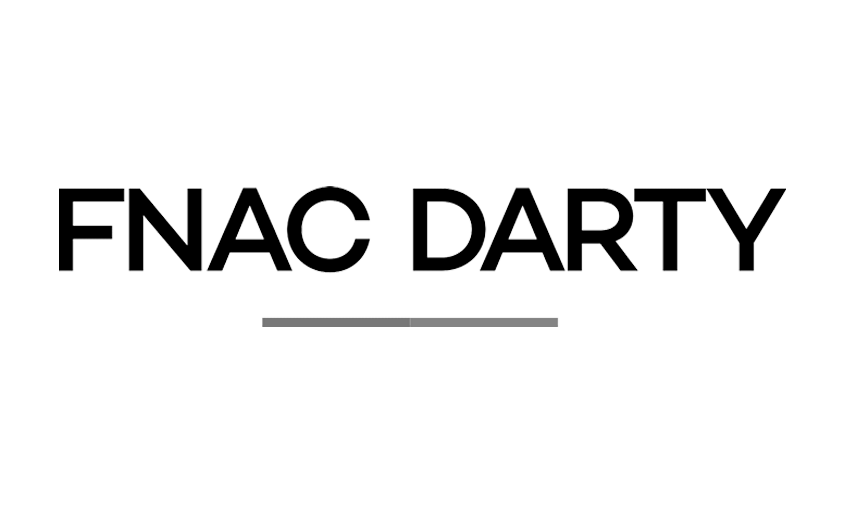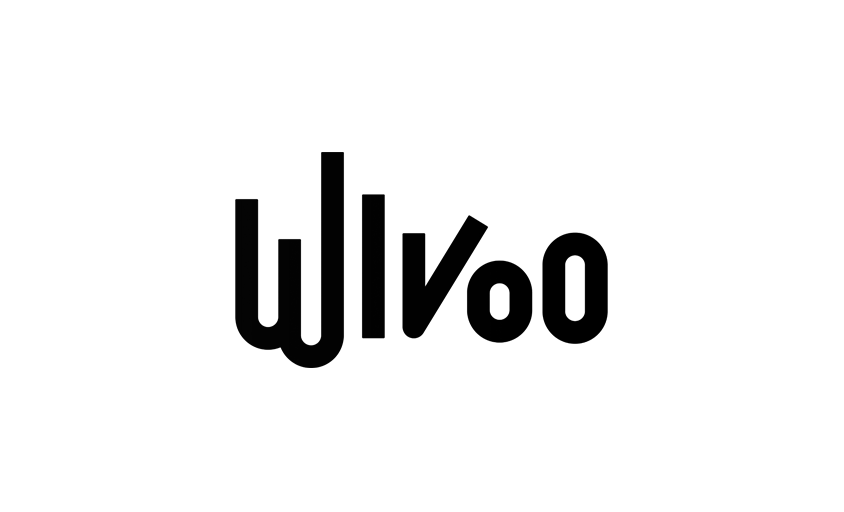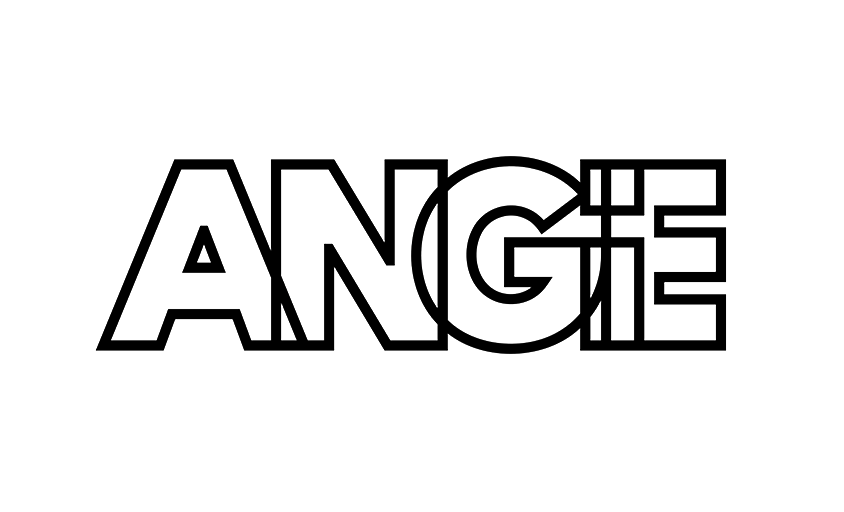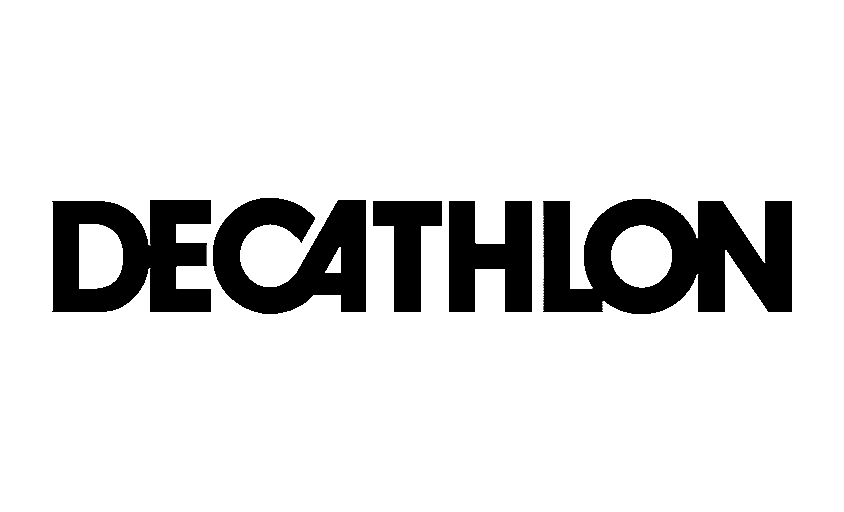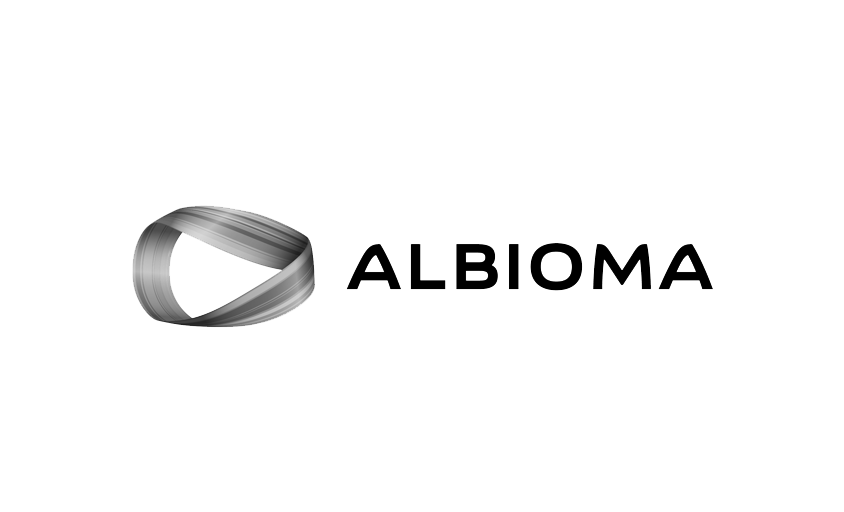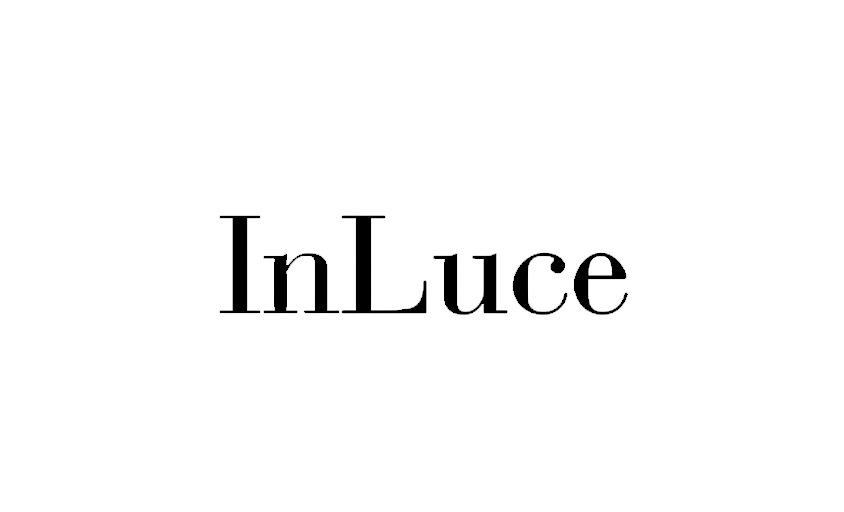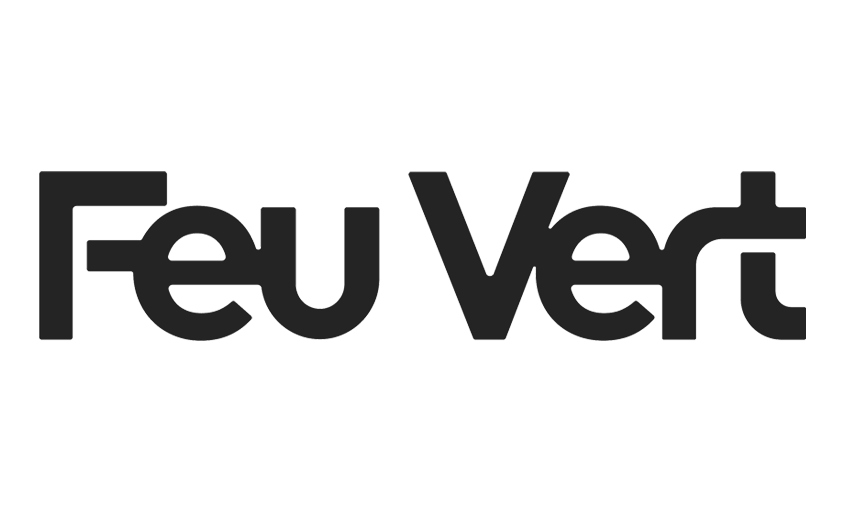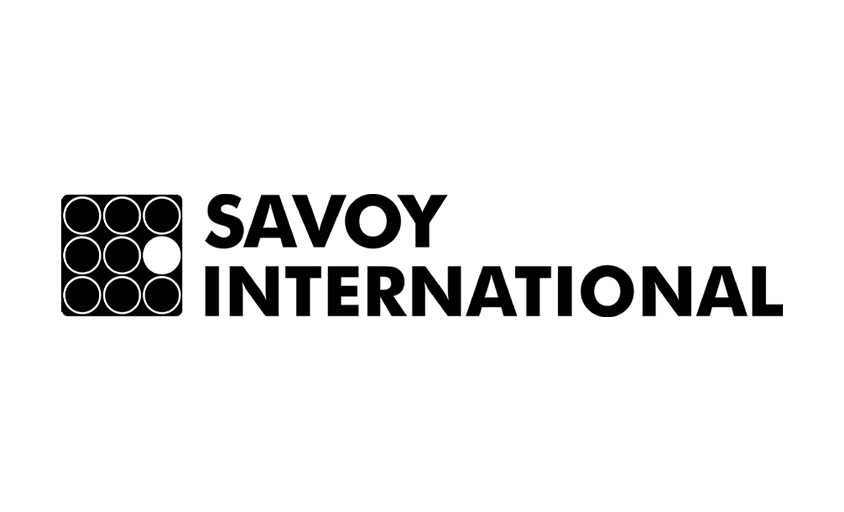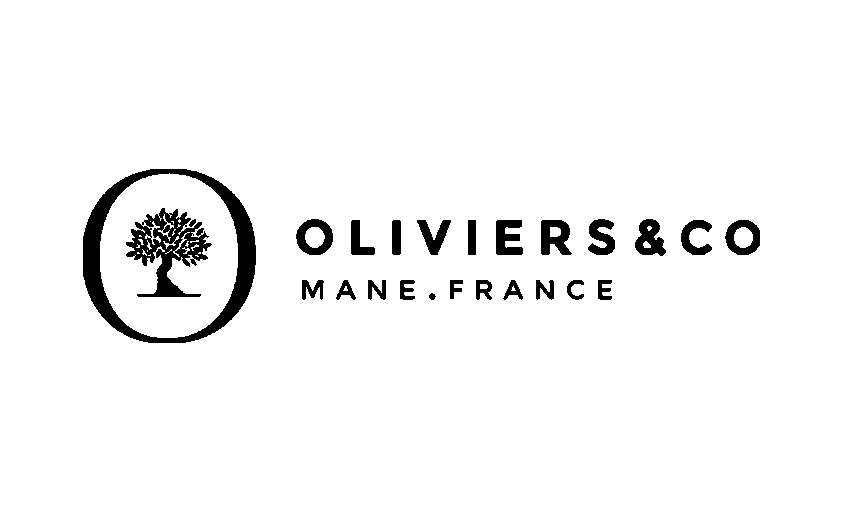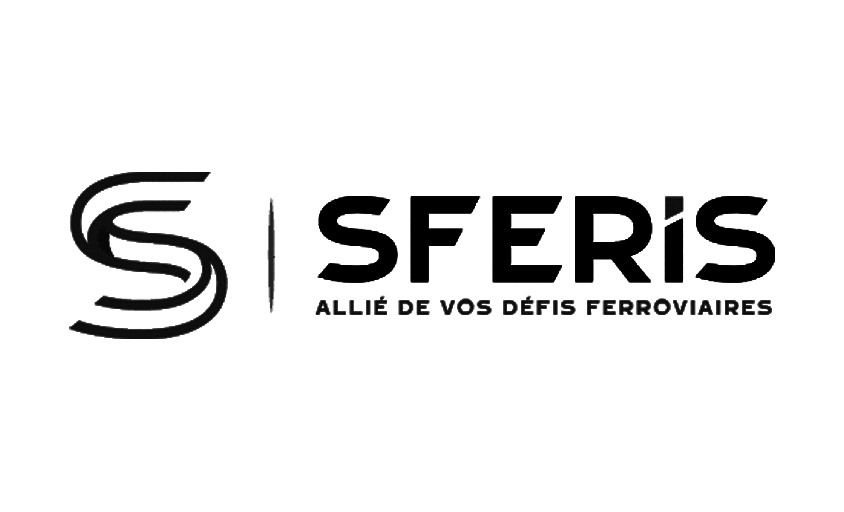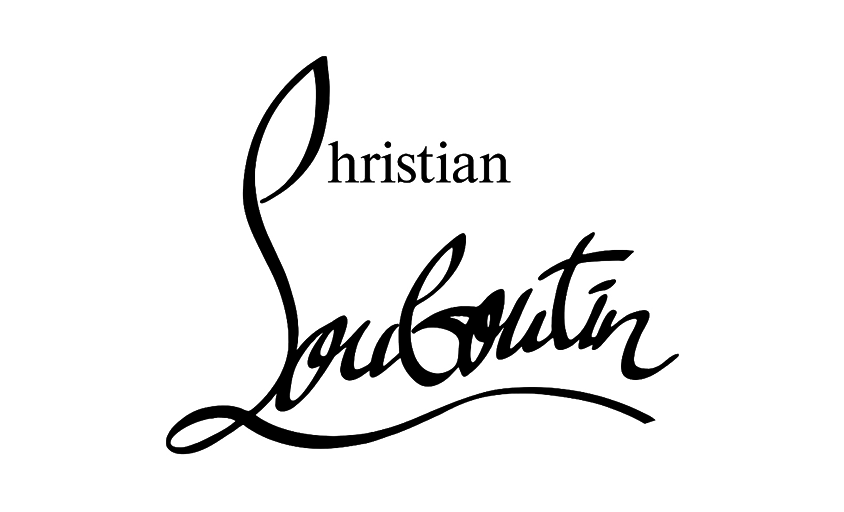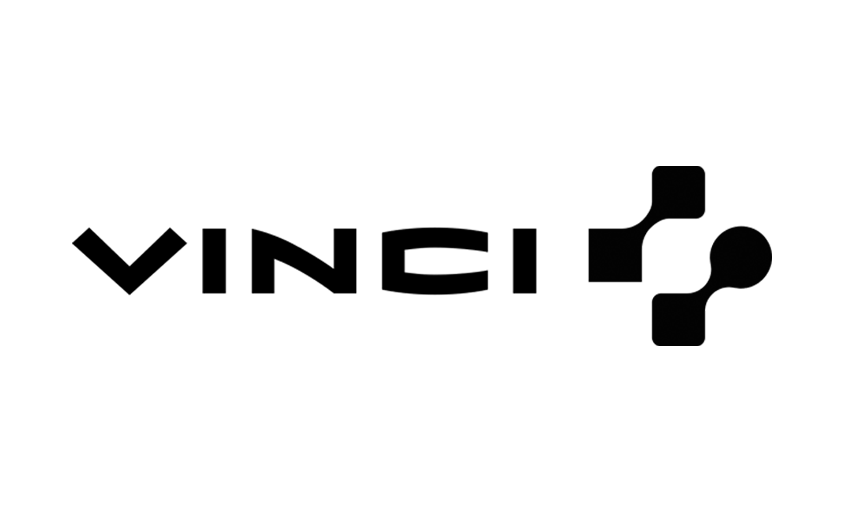Office Photography
In this article :
In the world of architectural photography, where images play a crucial role, office photography has become a powerful tool for businesses. Whether it’s attracting talent, enhancing brand image, or illustrating communication materials, photos of workspaces offer much more than simple visual documentation.
Why Photograph Your Offices?
Offices are a reflection of a company, they convey its identity, its decoration, its architecture, values, and way of operating. Highlighting workspaces effectively helps communicate with various audiences.
1. For Impactful Corporate Communication
- On a Website: A company showcasing images of its offices inspires trust and professionalism.
- On Social Media: Platforms like LinkedIn, Instagram, and Twitter are ideal for sharing behind-the-scenes glimpses of a company.
- In Print and Digital Media: Annual reports, brochures, and press articles benefit from engaging and authentic visuals.
2. To Attract and Retain Talent
Modern, well-designed workspaces are a strong argument for attracting new employees. Showcasing bright, ergonomic, and welcoming offices helps convey a positive and dynamic corporate culture.
3. To Highlight a Design or Layout
Architects, designers, and companies specializing in office design use photography to showcase their work. Highlighting furniture, collaborative spaces, or acoustic solutions is essential to demonstrate their expertise.
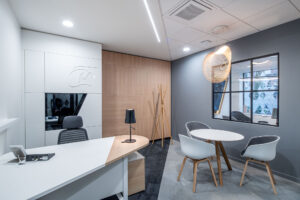
The Keys to Great Office Photography
Offices present specific challenges for photography: artificial lighting, reflections, limited spaces… A well-mastered approach can enhance these environments.
Relying on Natural or Optimized Light:
- Capture offices during the day, favoring moments when the light is soft and even.
- Manage contrasts to avoid overexposed or too dark areas.
- If artificial lighting is dominant, adjust the white balance to maintain a warm and natural ambiance.
Office architecture goes beyond walls and furniture: each space must be considered as a whole to convey a sense of fluidity and harmony. Well-composed photography takes advantage of the natural lines of the space to guide the viewer’s eye and reinforce the visual structure.
Playing with natural perspectives, such as corridors or aligned furniture, creates a sense of space and depth. A good framing avoids overly cluttered compositions: carefully select the elements to include for a clear and pleasant view.
Including team members can also humanize the photography, showcasing the vibrancy of the space. However, human presence should remain discreet and consistent with the desired ambiance, avoiding overly staged or artificial poses.
A Reportage that Captures the Essence of Offices
Beyond wide-angle shots, a successful office reportage highlights the small details that tell the story of the place.
The shots should alternate between:
- Wide and immersive views, capturing the entirety of an open space, a meeting room, or a reception hall.
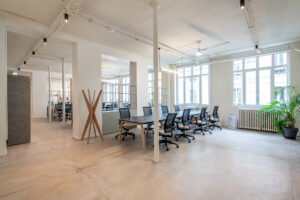
- Close-up shots of specific elements, such as the texture of fine wood, designer lighting, or an object that reflects the company’s culture.
- Moments of life, with natural interactions between team members, moments of work, or relaxation, to capture the human atmosphere that inhabits these spaces.
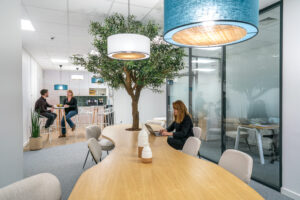
The goal is to offer a complete and nuanced view of the place, capturing both its aesthetics and functionality.
Who is Office Photography For?
1. Businesses and Startups
Companies from all sectors need to showcase their premises to establish credibility with clients, investors, and partners.
2. Real Estate Agencies and Developers
Offices for rent or sale must be highlighted to attract businesses. Professional photos create an immediate impact in a listing.
3. Architects and Interior Designers
Architecture firms and design agencies need to document their work to showcase the impact of their designs on workspaces.
Conclusion
Office photography is a powerful tool for communication, attraction, and persuasion. A company that invests in high-quality visuals enhances its image and increases its appeal. At Rétines, we support businesses and architecture professionals in showcasing their offices with precise, balanced, and authentic images. Contact us!
Jérémy Carlo is the editorial director at Rétines, where he ensures the consistency and clarity of all content produced by the studio.
Our Clients
Let’s discuss
What we do for you at Rétines
Meticulous work, an organised project and fast delivery. And to achieve this, we mobilise the right resources in our teams at the right time.
01
Pre-production
Artistic and technical direction tailored to the project.
Relevant recommendations on content, form and resources.
02
Photo Shooting
Photos taken by our experienced photographers.
Production that’s controlled, efficient and tailored to the needs of the project, with nothing superfluous.
03
Retouching
Technique
Photographs magnified by our retouching team.
Post-production to meet the commercial challenges of the brief.

